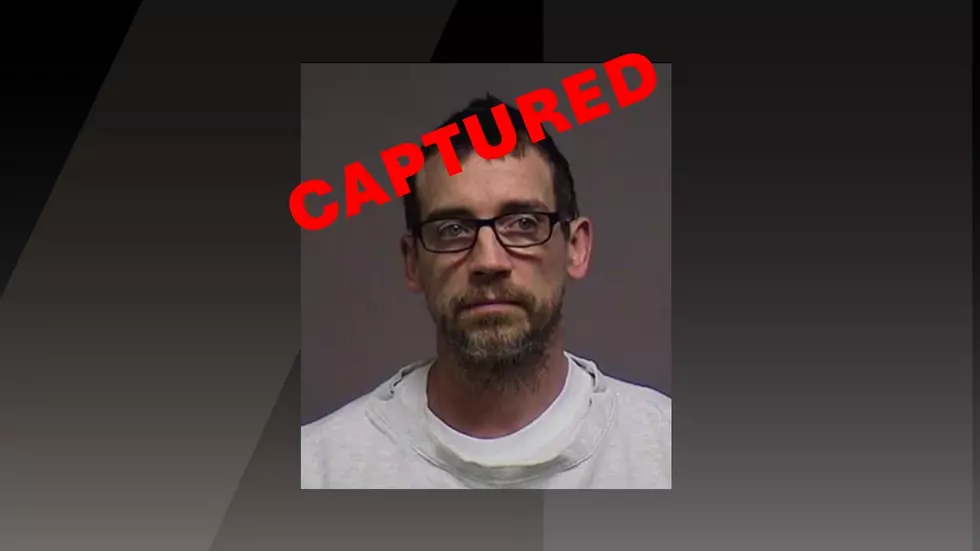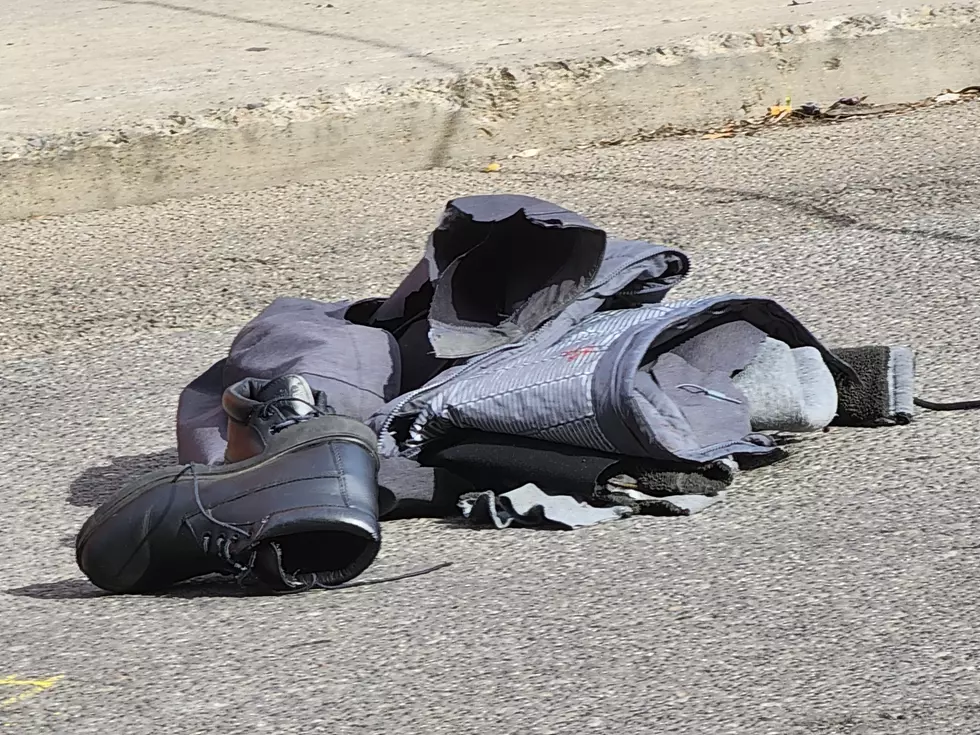
This Dangerous Invasive Bug Will Return to New York Soon
Now that spring is here, summer isn't too far off. It's the season I love the most. And it's also the season of the Spotted Lanternfly in New York State and the Commonwealth of Pennsylvania. That's not a good thing.
The New York State Department of Environmental Conservation notes that in 2014, the Spotted Lanternfly was first discovered in the United States in Pennsylvania. They began to appear in New York State in 2020, specifically in Staten Island.
What Is A Spotted Lanternfly?
The Spotted Lanternfly is an invasive species, that feeds on trees and a variety of plants. The NYS DEC says that currently, the full impacts of the Spotted lanternfly are unknown, but they negatively impact the agricultural and tourism industries and may impact New York's forests.
The months of April through July are the time for black nymphs or newly hatched Spotted Lanternflies to appear. You will find Red nymphs from July to September. They can spread in many ways, by laying their eggs on vehicles and firewood which can easily move them to new areas.
In July, the adults begin to appear. You will recognize them by their grayish forewings, with black spots, lower portions of hindwings that are red with black spots, and upper portions dark with white stripes according to the NYS DEC.
Read More: Exciting Solar Eclipse Events In Binghamton
Adult Lanternflies are about one inch long and about a half inch wide at rest. Every autumn, they lay eggs massed on tree trunks, rocks, firewood, and just about anything else. According to the NYS DEC, when laid, the egg masses are smooth and brownish-gray with a shiny, waxy coating.
Signs of Infestation
How can you tell if a tree or plant is infested with Spotted Lanternflies? Here is what the NYS DEC has on the subject:
- Sap oozing or weeping from tiny open wounds on tree trunks, which appear wet and may give off fermented odors.
- One-inch-long egg masses that are brownish-gray, waxy, and mud-like when new. Old egg masses are brown and scaly.
- SLF excrete liquid waste called honeydew that builds up under plants, sometimes encouraging the growth of black sooty mold.
What Can You Do to Help Eradicate this Invasive Species?
The New York State Department of Environmental Conservation says to follow these steps:
- Learn how to identify SLF.
- Inspect outdoor items such as firewood, vehicles, and furniture for egg masses.
- If you visit other states with SLF, be sure to check all equipment and gear before leaving. Scrape off any egg masses.
- Destroy egg masses by scraping them into a bucket of hot, soapy water or a baggie/jar of hand sanitizer.
- Take pictures of the insect, egg masses, and/or infestation signs as described above (include something for scale such as a coin or ruler) and email them to spottedlanternfly@agriculture.ny.gov. or fill out the Department of Agriculture and Markets' reporting form.
- Note the location (address, intersecting roads, landmarks, or GPS coordinates).

After reporting and collecting a sample, kill any additional Spotted Lanternflies you see by stepping on it or crushing it. For more information and photos of this invasive species, visit the NYS DEC website article, here.
Most Eye-Catching Bugs, Birds & Reptiles Native to Broome County, NY
Local Funny, Silly, Strange Street Names
Gallery Credit: Google Maps Street View
More From WNBF News Radio 1290 AM & 92.1 FM






